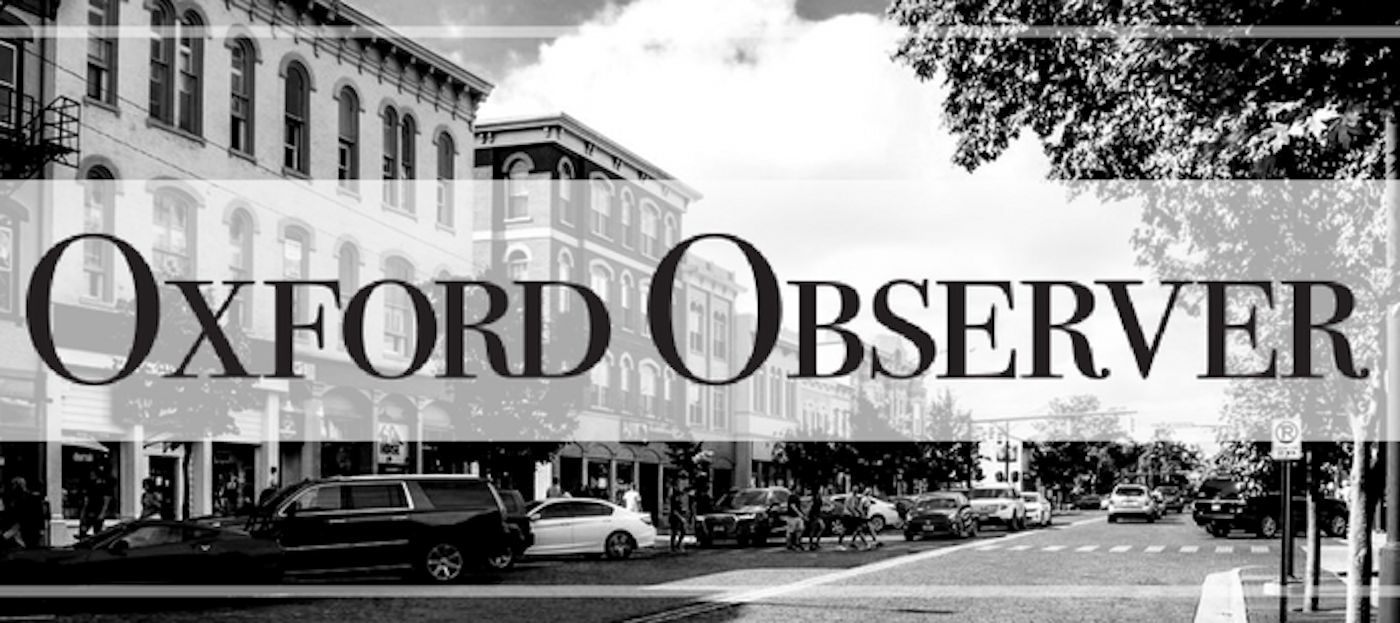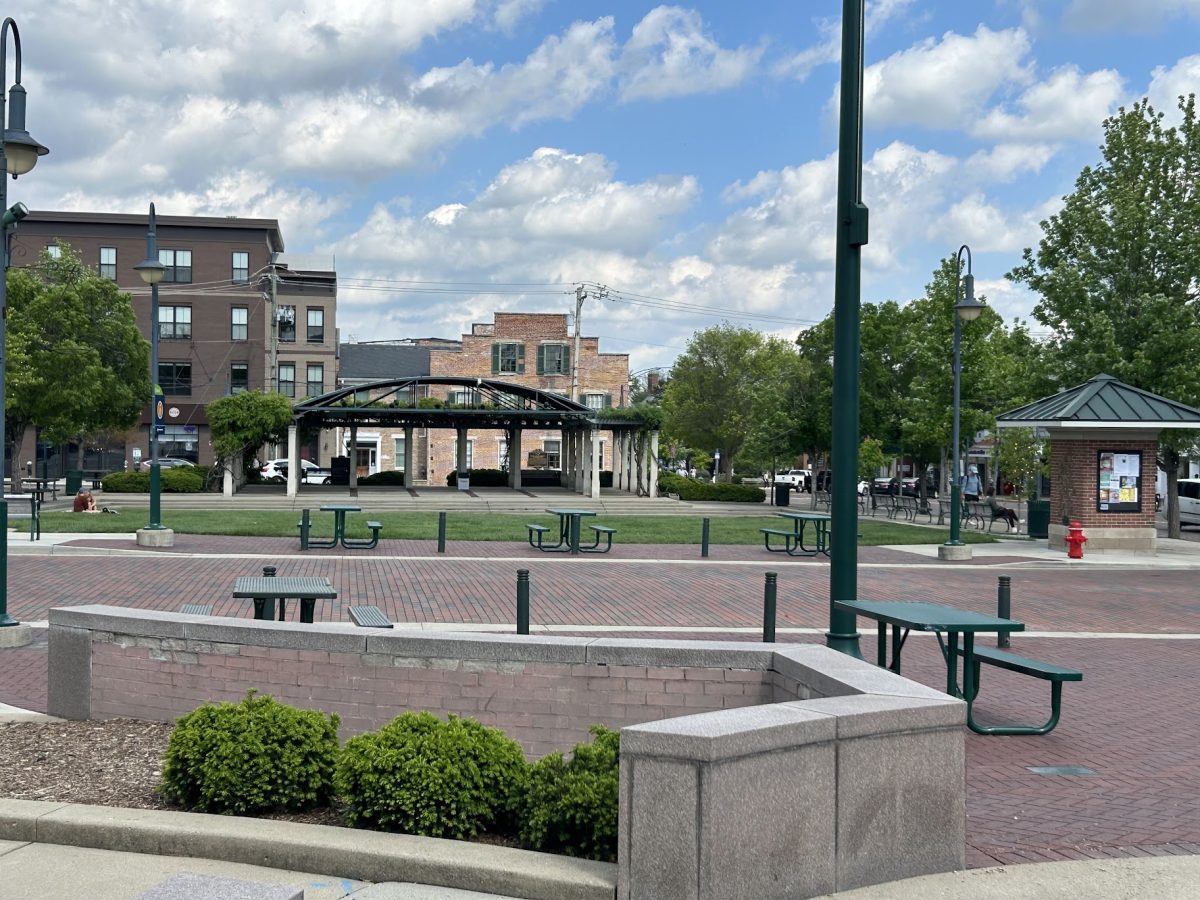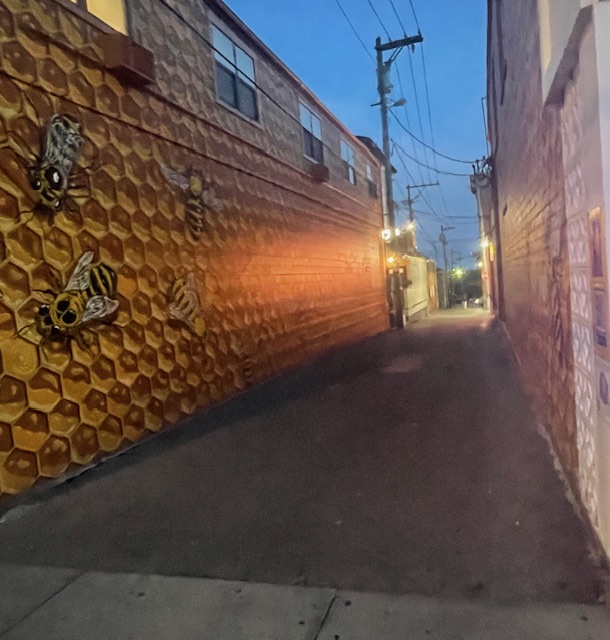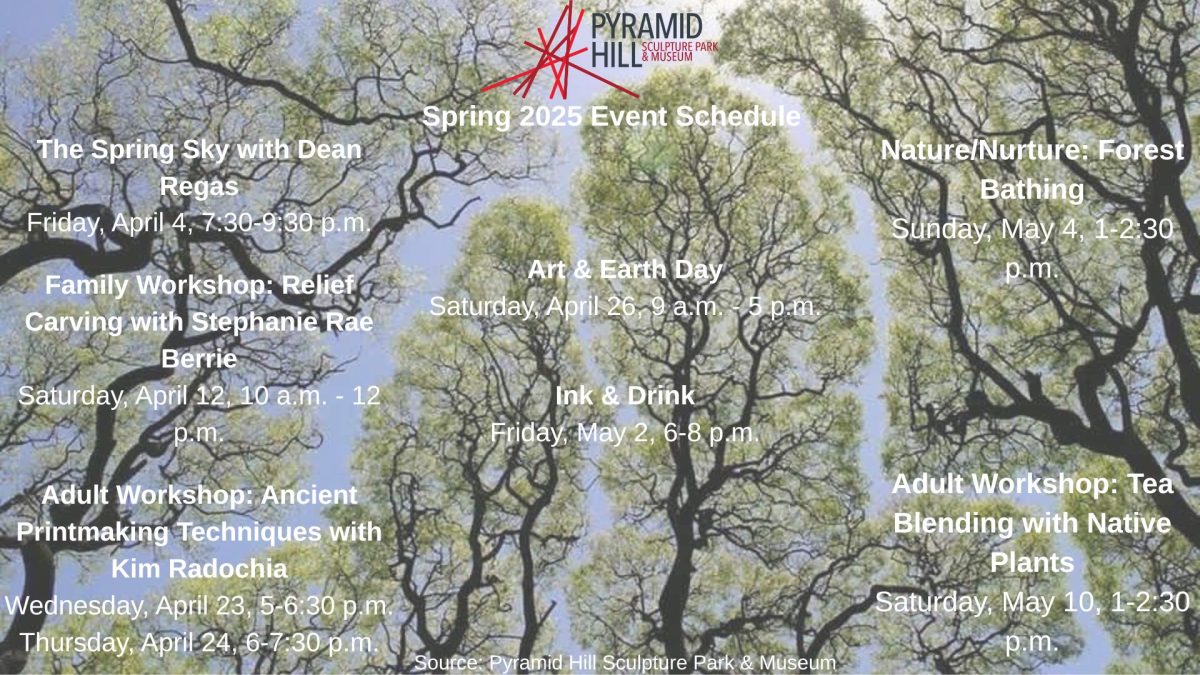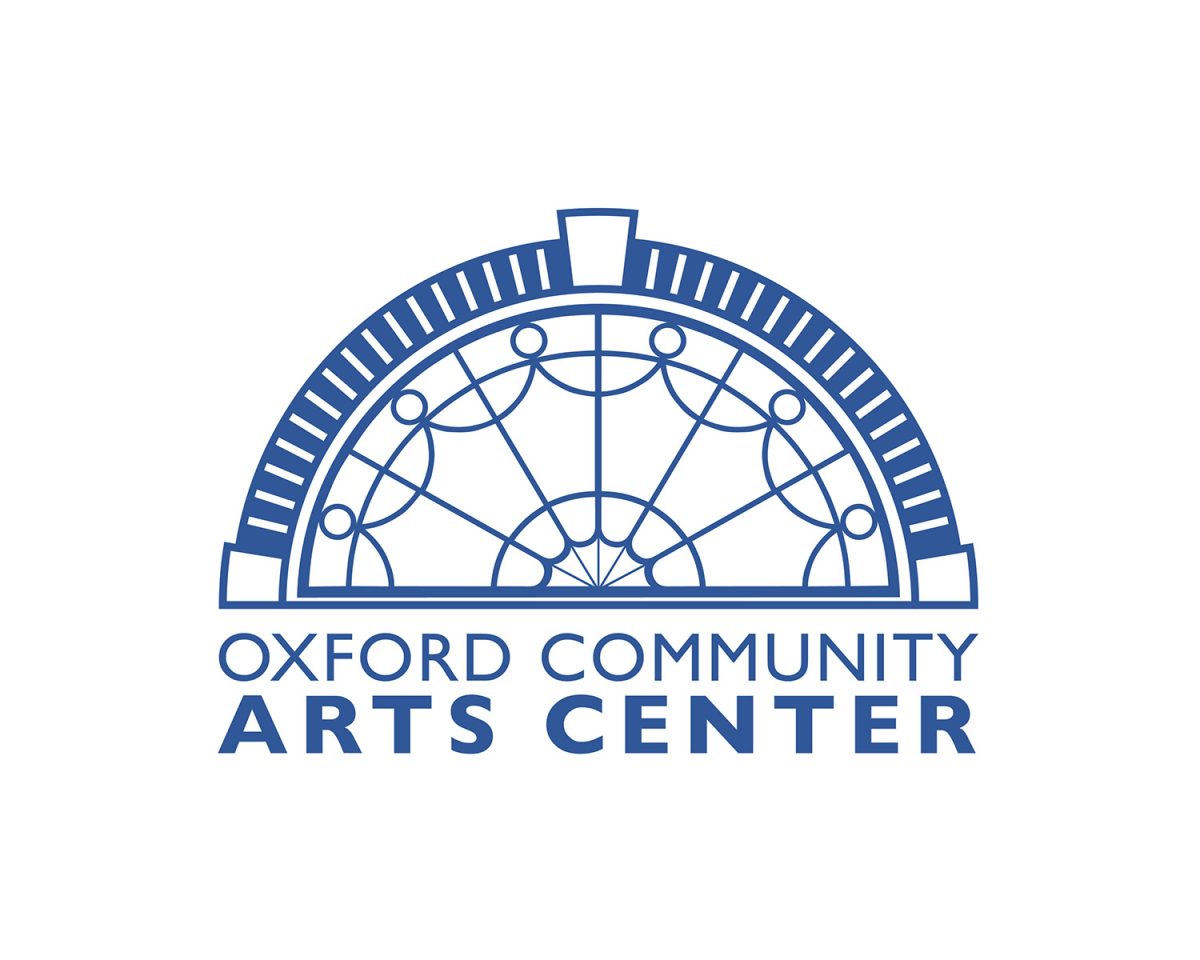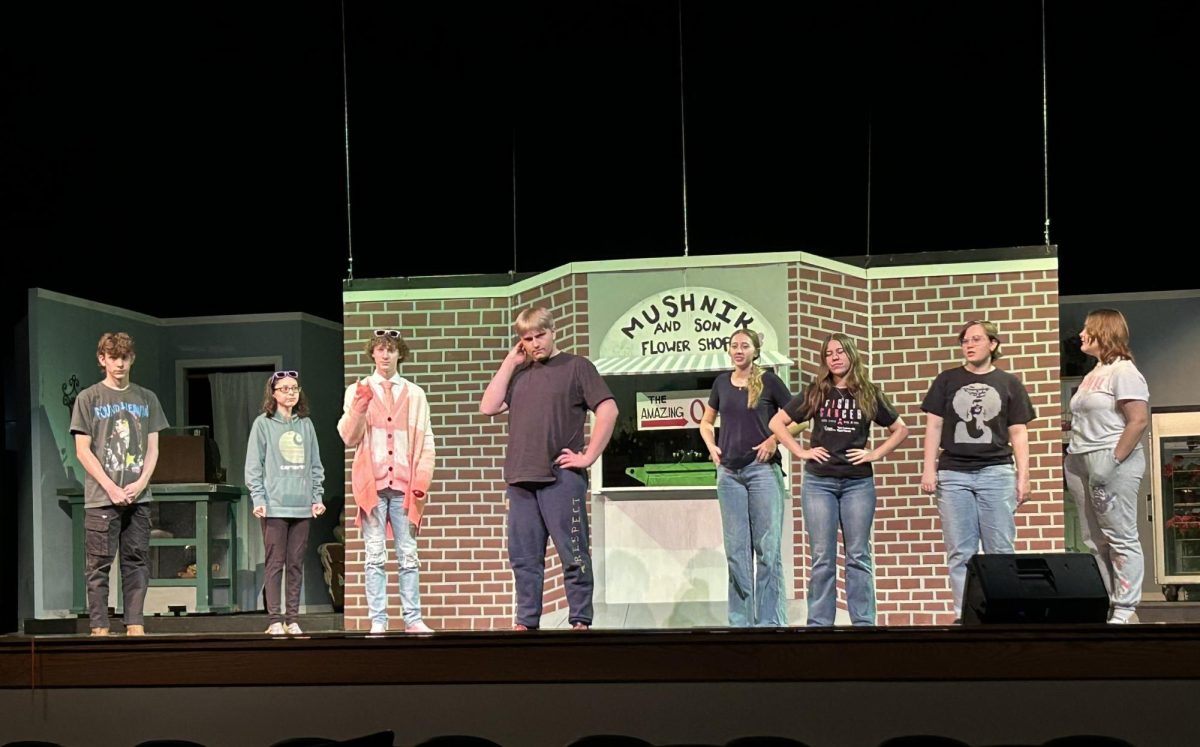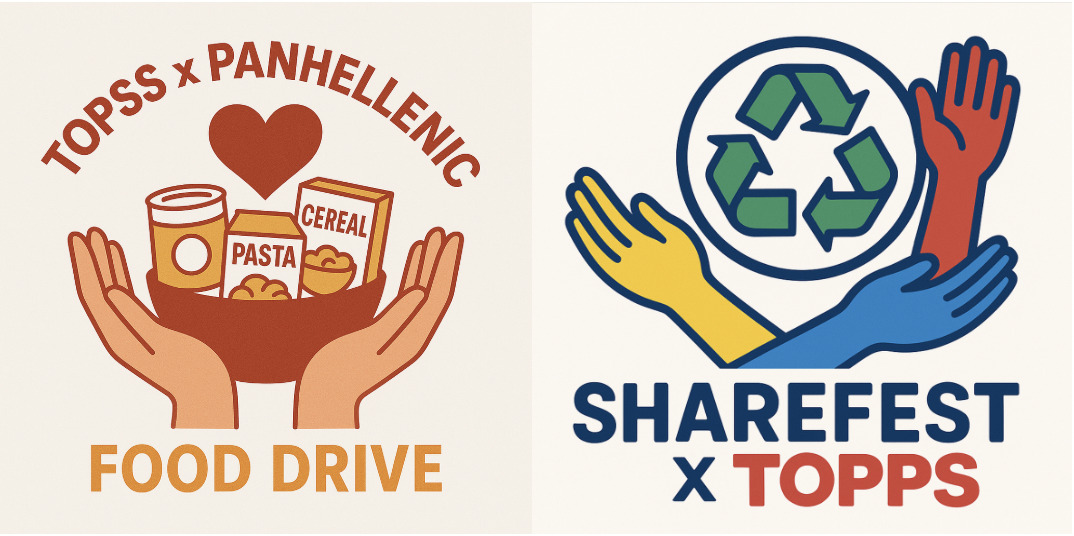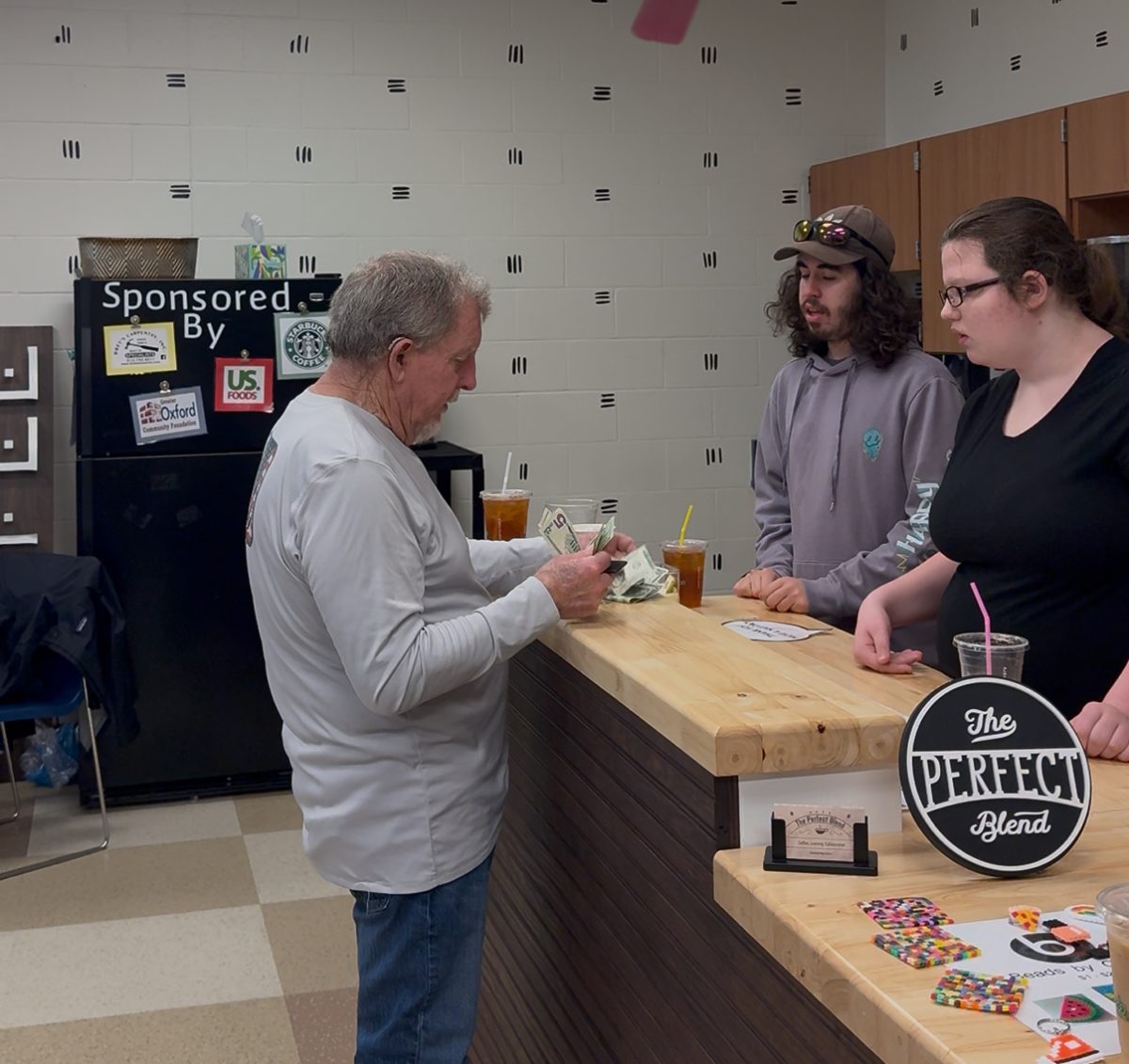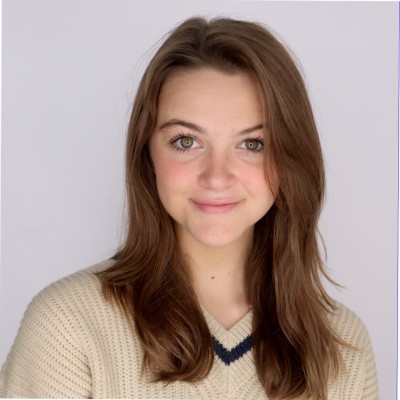Opening Minds Through the Arts is a program that encourages intergenerational connections through abstract art projects. Olivia Lokon started OMA at Miami University in 2007, but it has since expanded now with 57 branches.
Grace Sheridan joined OMA during her first semester as a first year and became a leader in the spring. She is now in her junior year, majoring in political science, and is still involved in OMA.
“I feel like I interact with the residents like I would interact with any of my other friends,” Sheridan said. “We try to break that stigma, you know, just because there is that age difference does not mean there cannot be a genuine friendship.”
Miami students can get involved in OMA in a few ways. Miami offers Gerontology 101, which can be taken online through their ScrippsAVID program, which is arts-based, virtual intergenerational discovery. It also offers Gerontology 110, which is in person and provided at multiple sites for a more traditional one-on-one experience.
Students can also enroll at Miami’s branch of the OMA club on The Hub, which carpools to The Knolls of Oxford at 6727 Contreras Road, once a week to volunteer.
“With OMA, you don’t have to be an artist,” Sheridan said. “I know art can be intimidating for some, but I am a political science major and don’t have much experience with art. It’s abstract art, and it can be so low-key and fun.”
Meghan Young, who joined OMA in 2012 at Miami while majoring in gerontology, is now the associate director post-graduation. Young has been working with OMA to continue on its mission.
“We really focus on promoting autonomy, dignity and choice and using art as the mechanism. Connecting people with art to promote their creative expression,” Young said.
During OMA sessions, volunteers and participants use a wide variety of interactive tools such as stamps, plastic spoons and sponges along with a mix of acrylic and watercolor paints to create unique artworks, while spending time with one another and connecting with the community.
“Abstract art is accessible for everyone,” Young said. “It is a strength-based approach; everyone can be successful if given the necessary tools.”

